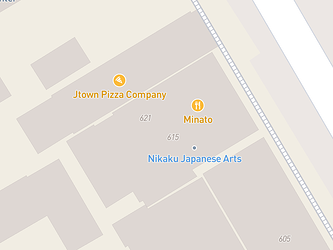Yes I was opening this thread with the main goal of gathering opinions and thoughts before writing a more concrete wiki proposal. To be fair, I was also adding some of those food:*=yes tag in database myself so I can query them, not sure how much this is an unrecommended behavior before a proposal is approved.
I also think that is a bad Idea, but this is not the intended usage of food:*= I had in mind.
I think there are various middle-ground scenario between:
1 - having only the cuisine=*;..;* tag
2 - having the list of all item in the menu or a video recording of the last week of operation of the given restaurant.
I find it excellent how in OSM a big amount of useful information is compressed and summarized in few line of text (and a wiki), I am wondering if the tag cuisine is too extreme on that.
I was thinking to use food:* to complement cuisine. I would assume cuisine list values represent the broad sets of dishes while food:* values narrower set, (maybe down to very specific dishes).
So food:* may not be used to list dished which are already part of the sets listed in cuisine with high probability, should be used instead to add uncommon dishes. Those can be a few selected most representative item from the menu. Furthermore the structured key format would allow to easily add information about those dishes. Definitely also having food:*=main would be a good usage of it.
For example: for a place tagged with cuisine=Italian, most likely there is not need to add food:pasta, while maybe only a subset should be tagged with food:lasagne=yes or food:parmigiana=yes.
What I aim for is to be able to picture as clearly as possible a place just looking at the OSM tags, and ideally to be able to convert a given idea of place in a query (i.e. with overpass) in order to match all the eventual instances of that loose picture.
Maybe whether using a structured key or not should can be a separate discussion, I personally prefer structured keys compare to list of values, especially when the values are heterogeneous or when they may deserve their own wiki page, this is not the case in my opinion for i.e. opening_hours which works well with as list value tag.
One can maybe manage to have the same amount of information of a structured key also in list valued tag with addition syntax like conditional or similar but it seems less straightforward.
I was not thinking about reinventing anything but just adding the possibility to be more specific, and figuring out which is the best way to do it. Of course just adding more values in the cuisine tag list is also an option.
NB: I am aware that the food:* may clutter a raw display of all tags of an entity but I think that theoretically this can be handled by consumers.


